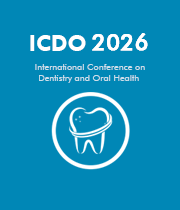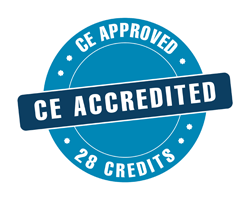Digital Dentistry
Digital dentistry is an emerging technology in the field of dental science, and it is quickly revolutionizing the way dentists diagnose and treat their patients. Digital dentistry combines the latest advances in computer science and hardware with skilled craftsmanship and knowledge of dental materials and techniques to produce highly accurate results that can improve patient outcomes. Traditional dentistry requires manual and visual examination of hard and soft tissues. With digital dentistry, images of the mouth are captured with digital cameras, intraoral scanners, and even virtual reality software. From these images, three-dimensional models of the patient’s mouth and teeth can be created. With the help of computer-aided design and manufacturing (CAD/CAM), crowns, bridges, dentures, and orthodontic treatments can then be designed, created, and placed more accurately than ever before. Digital dentistry has the potential to significantly improve the accuracy and efficiency of dental procedures, as well as patient comfort. Given the selectivity of dental data, it can be securely shared between dentists and other healthcare providers. It also creates a more accurate records, making it easier to track the progress of treatments and the state of a patient’s dental health. In addition to this improved accuracy, digital dentistry can help carry out minimally invasive procedures, meaning less tissue damage and quicker recovery times for patients. Digital dentistry is an important advance in modern dental care and is being used to improve the quality of care patients are receiving. It also has the potential to reduce overall costs, making dental procedures more accessible and cost effective for people all over the world. As the technology continues to evolve and become more widely available, we can expect to see an even greater revolution in the way dentists diagnose and treat their patients, bringing improved oral health to more and more people.




Title : A systematic review on the early detection of oral cancer using artificial intelligence and electronic tongue technology
Maryam, Kardan Dental Clinic, Iran (Islamic Republic of)
Title : Cutaneous, Cranial, skeletal and dental defects in patients with Goltz syndrome
Ali Al Kaissi, National Ilizarov Medical Research Center for Traumatology and Orthopaedics, Russian Federation
Title : Artificial intelligence in clinical decision making in third molar surgery
Tannaz Pourlak, Tabriz University of Medical Sciences, Iran (Islamic Republic of)
Title : The role of vitamins and nutritional supplements in temporomandibular joint disorders (TMDs) among Yemeni population
Muharrm Abdo Bazza Othman, Yemen Dental Association, Yemen
Title : The nature and management of dental erosion in patients with bulimia nervosa
Maya Fahy, The Royal Victoria, School of Dentistry, United Kingdom
Title : Evaluating hygienist follow up for head and neck oncology patients in secondary care: Results from a two cycle audit
Peter Basta, Newcastle Dental Hospital, United Kingdom